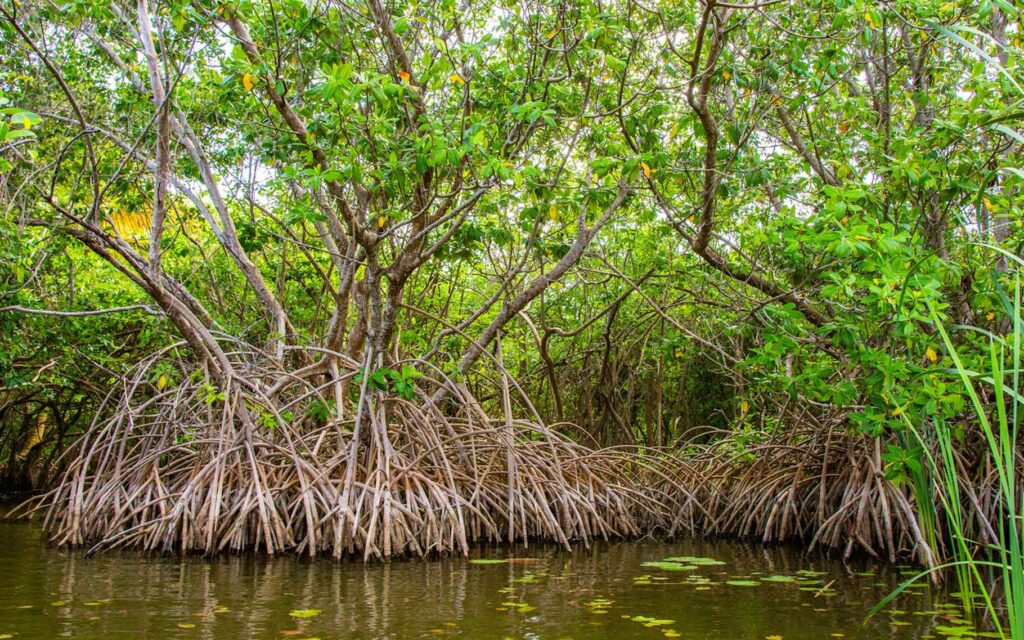
TROIS BAIES NATIONAL NATURE PARK
Description
Created by presidential decree in December 2013, the Trois Baies (Three Bays) and Lagon aux Bœufs (Ox Lagoons) National Park (PN3B), extends over three bays: the coast of Limonade, Caracol and Fort-Liberté, in addition to contain a large brackish water lagoon called “Lagon aux Boeufs”. With an area of 75,613 hectares or 169 km², the PN3B covers five municipalities in the North and Northeast departments: Limonade, Caracol, Terrier-Rouge, Fort-Liberté and Ferrier. The PN3B covers the entire coastal part of the Northeast department from the Rivière Massacre on the border with the Dominican Republic to the mouth of the Grande Rivière du Nord in the municipality of Limonade in the North department. PN3B is recognized as the largest marine protected area in Haiti and includes nine strategic areas: Limonade Seaside, Madras, Downtown Caracol, Jacquesyl o Glaudine, Grande-Saline, Phaéton, Fort-Saint-Joseph (Fort-Liberté), Dérac and Meillac. The Trois Baies National Park includes marine areas; terrestrial, dominated by mangroves that occupy around 5,200 hectares; and coral reefs.
Biodiversity
The Trois Baies National Park is a rich natural and cultural heritage that is home to one of the largest mangrove forests in Haiti (approximately 4,274 ha in area), which represents approximately 18% of the last remaining mangroves in Haiti. This park is also home to the largest barrier reef on the north coast of Haiti, measuring more than 20 km and extending mainly along the outer edge of Caracol Bay. In addition, a 20 km rich strip of reefs borders both shores of the mouth of Fort-Liberté Bay and extends to the border between Haiti and the Dominican Republic. In total, it is estimated that the coral reef complex (formations dating from the Holocene) of PN3B covers 1,100 ha, which is about 10% of the area of the inner platform (with a depth of less than 30 m). The PN3B is fed by four main hydrographic basins: Grande Rivière du Nord, Rivière Marion, Rivière Trou du Nord, Rivière Jassa. According to a study titled “Base Ecological Inventory for Trois Baies National Park” published in 2016 by The Nature Conservancy with support from the Inter-American Development Bank (IDB), scientists identified one hundred and seventy-nine species of native vascular plants throughout the park, including five threatened plant species listed on the International Union for Conservation of Nature (IUCN) Red List. The PN3B is home to more than two hundred and seventy species of fish, almost ninety-five species of birds, four species of amphibians, eleven species of reptiles, and fifty-one species of hard corals. This study led to the discovery of many previously unknown animal and plant species.
Informations
-
Types de milieux
Parcs nationaux -
Location
Haiti (Limonade, Caracol, Terrier-Rouge, Fort-Liberté, Ferrier)
